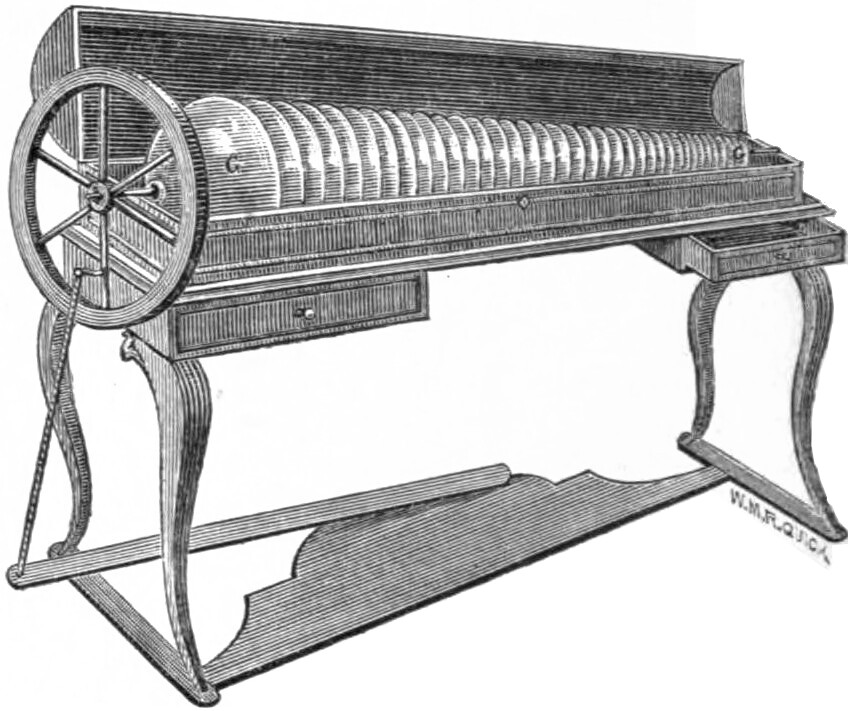

Music lesson plan: Saint-Saëns' \"Aquarium\"
Why you should listen to Aquarium with your kids
Music has the power to transport us to other worlds, and Saint-Saëns’ "Aquarium" does just that.
This ethereal piece from Carnival of the Animals is the perfect way to introduce children to how music can paint vivid pictures.
With shimmering melodies and a dreamlike quality, "Aquarium" feels like diving into an underwater world.
As they listen, kids can close their eyes and picture schools of fish, rippling water, and glowing coral reefs.
Plus, Saint-Saëns’ masterful use of instruments like the glass harmonica (or its substitutes in modern performances) opens up fascinating conversations about the history of instruments and their timbre (sound quality).
This simple analysis considers just three points:
- Instrumentation
- Tonality (major/minor)
- Story-telling in programme music
Let's dive in! (Pun intended😉)
Analysis of Saint-Saëns' 'Aquarium' from 'Carnival of the Animals'

👉Instruments
One of the reasons "Aquarium" feels so aquatic is its use of delicate instrumentation.
Saint-Saëns originally scored this piece with the glass harmonica (see picture), an instrument that produces sound through friction on glass bowls. It was invented by none other than Benjamin Franklin in 1761!
Fun fact: Marie Antoinette learned to play the glass harmonica as a child!

Glass harmonica, 1900
The sound it creates is otherworldly, contributing to the underwater atmosphere.
This could be because the instrument's sound falls into a frequency range that the human brain struggles to locate, making it feel like it’s floating all around you.
In modern performances (such as in the recording linked at the top of this article), a celeste often replaces the glass harmonica, but the ethereal quality remains.
Fancy watching a performance that uses the glass harmonica? Check it out below. Can you spot the glass harmonica?
👉Tonality (major/minor)
The piece is in A minor but, fascinatingly, concludes with a surprising shift to A major, thus finishing in the major.
This technique of ending a minor key piece in the major is called Tierce de Picardie.
It adds a sense of unexpected brightness and resolution, like sunlight breaking through water. Additionally, the shimmering runs in the piano and the soft strings create a flowing, liquid texture that mimics the movement of water.
Can your kids hear the bright major chord at the end (around 10:30 on the recording)?
👉Storytelling in Programme music
Just like Saint-Saëns' Kangaroo, this piece is a fantastic example of Programme music, that is: music composed and titled with the intention of painting a vivid image through sound.
Students in this week's lesson imagined scenes of sea creatures flowing through water and many enjoyed painting or drawing an image in response to the music. Why not get your kids to do the same?
Activity Idea
- Step 1 - Gather Materials: Find a few wine glasses and fill them with varying amounts of water.
- Step 2 - Experiment with Sound: Run a clean finger around the rim of each glass to produce different pitches.
- Step 3 - Compose an Underwater Melody: Use a guitar tuner to adjust the glasses to specific notes and create a simple tune inspired by "Aquarium."
Not only does this activity mimic the sounds Saint-Saëns envisioned, but it’s also a fun way to explore the science of sound.
Want more?
If you enjoyed diving into "Aquarium," why not explore more from Carnival of the Animals? Each movement depicts a different creature, from the graceful swan to the lumbering elephant.
You can also encourage your children to create their own musical animals using simple rhythms and melodies.
Other posts you might like:
Some links are affiliate links. I earn a small commission which helps support this blog, but there is no extra cost to you.

Why the blog?
I've been helping parents give their kids a great music education since 2008 and when I more recently had children of my own, I gained a whole new perspective on the process.
This blog will share highs and lows, actionable advice for busy parents and even some buying guides to help you make your homeschool budget go further.
Join me to get a music teacher's perspective on helping his kids learn to love music!
JOIN MY MAILING LIST
Music lessons and resources specially crafted for home-educating parents.


